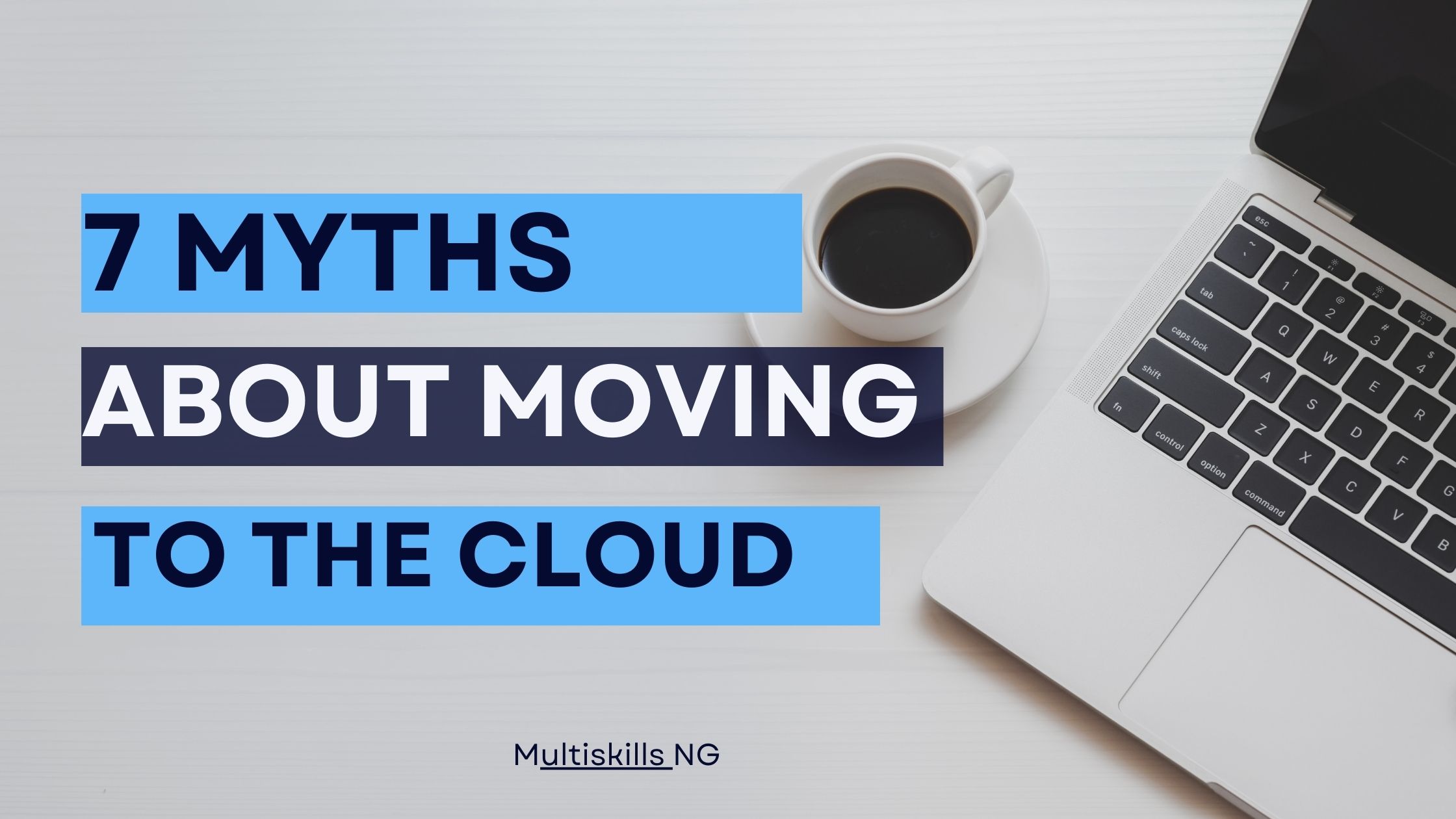Cloud networking, or cloud-based networking, allows users via a centralized third-party provider running interconnected servers to access networking services. This includes linking to a Wide Area Network (WAN) or other internet-based infrastructure and helps to easily and securely distribute information.
By leveraging cloud networking, your organization can deliver content more rapidly, reliably & securely without having to bear the costs and difficulties of building its own network.
How does cloud networking work?
Cloud-based networking gives users access to networking resources through a centralized third-party provider operating inter-connected servers. This allows you to build networks using cloud-based services, a reliable cloud network provides centralized management, control and visibility. With a reliable cloud networking services provider, you can manage devices in different physical locations using the internet, it increases security, connectivity, management and even control.
Related: Cisco Meraki: It’s Functions & How It Brings Your Company Together.
Cloud networking enables companies to deliver content faster and track their devices and activities in real time, using cloud architecture in thousands of different locations worldwide. It also helps to keep them aware about any network security concerns, including tracking high traffic volumes.
Cloud networks are instrumental in the delivery of digital materials for a multitude of industries. It offers the following advantages:
1. Versatility
The range of documents that can be distributed is even more pronounced with cloud networking, regardless of size and format. It is used by web content providers, ecommerce retailers, cloud service providers, organizations that use the cloud, or network operators that wish to extend their reach.
2. Speed
This applies to all cloud-based infrastructure, speed Is a guaranteed part of the deal with the use of thousands of servers across the world. This means that material have less physical distance to travel around the world. Pair this up with a fast and stable internet connection, you’ll be left with near instantaneous sync between devices.
3. Cost-saving
Having an on-site solution has proven to always be more expensive than its cloud-based counterpart, in this case your organization can save money on building, operating and maintaining their own networks, as well as skipping past pesky technical issues with ease.
4. Security
Having your documents away from your base of operations is always a smart move, pair this with cloud security solutions and you have a system that updated itself and protects your information from the latest web security threats.
Most companies have become a patchwork of on-site technology, public cloud resources, legacy applications and frameworks, and emerging technologies, a dynamic situation that contributes to a poor security role and leads to insufficient governance, visibility, and manageability across fragmented networks.
Cloud networking is a tool that perfectly ties in the cloud resources of your organisation with your physical resources and devices. This is simply having the best of both worlds, it is not an overstatement to state that the influence of Cloud Networking in your organization allows for a more seamless approach to administration and employee engagement.






